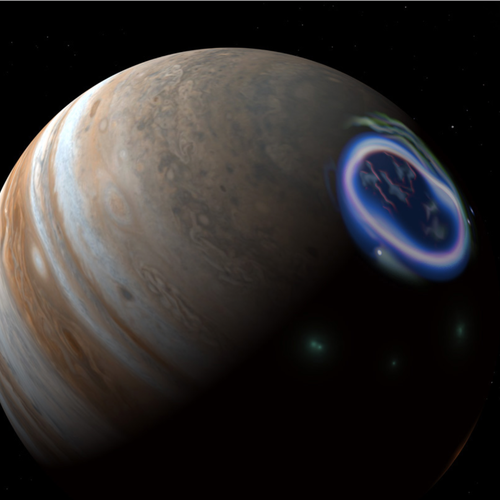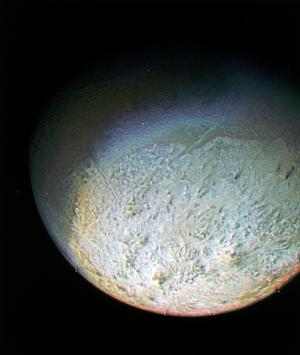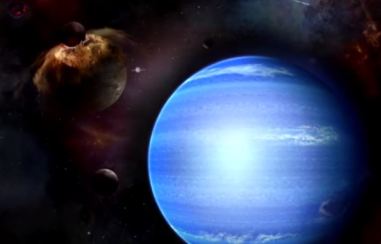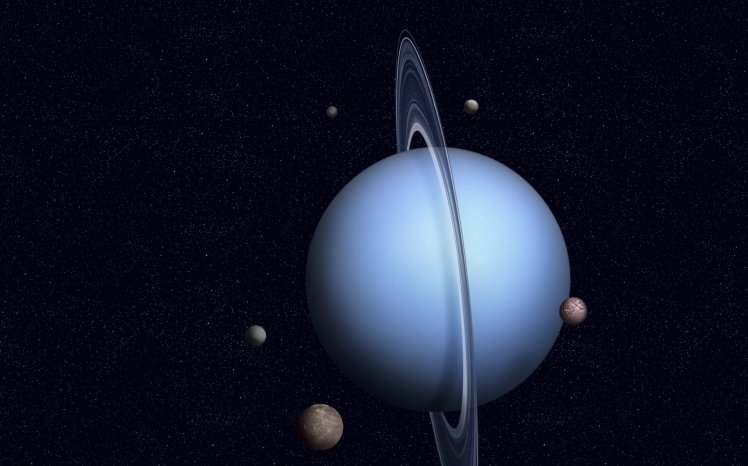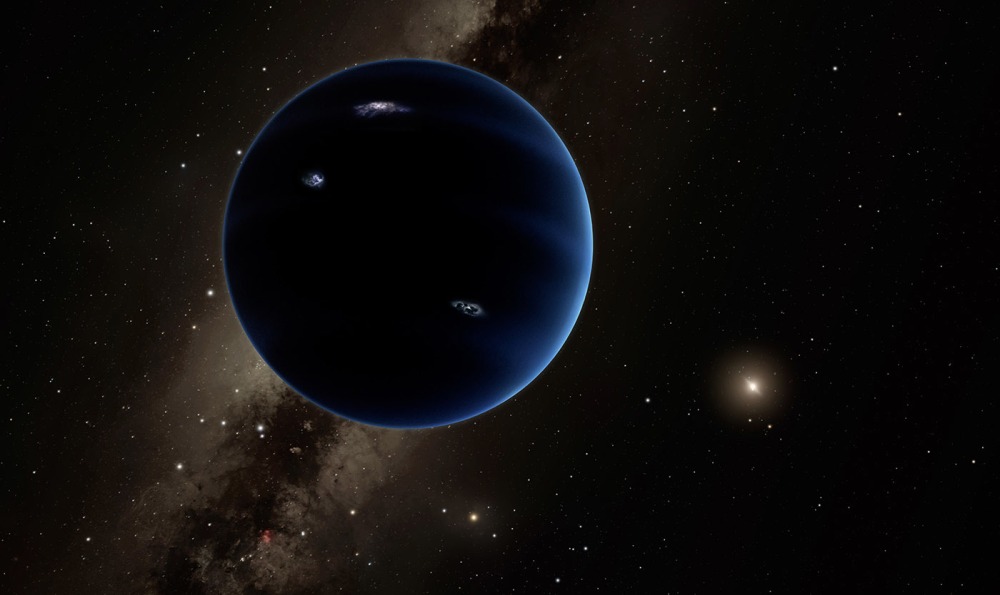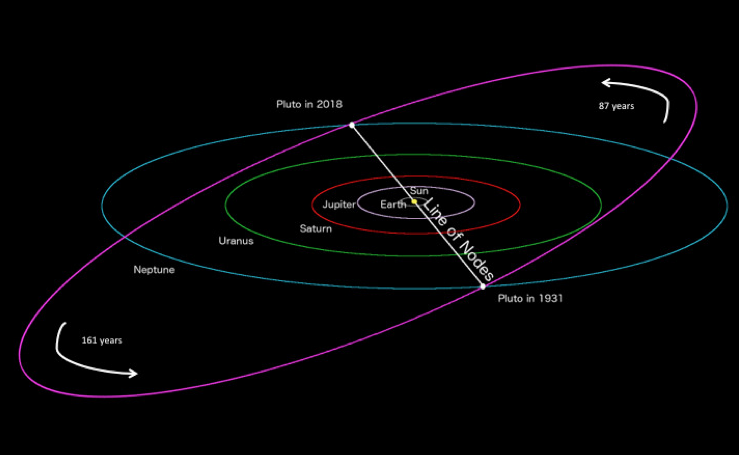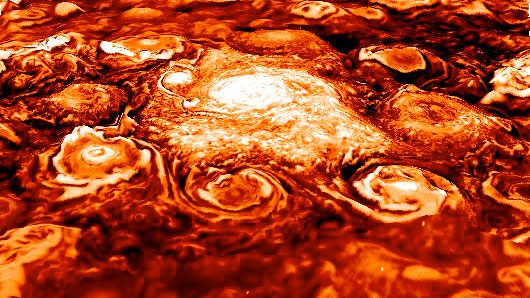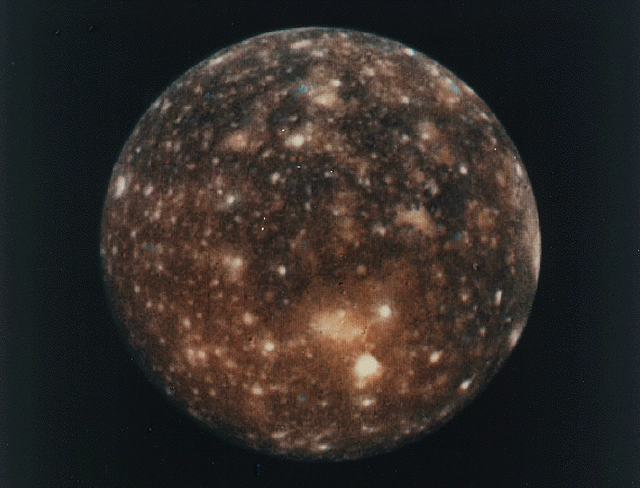Last week, a group of astronomers announced in Nature Astronomy that they had discovered the furthest star ever seen: a blue supergiant named Icarus that shone nearly 10 billion years ago, and located more than halfway across the universe. The astronomers were able to do this with the Hubble, and gravitational lensing. Per the lead author of this study, Patrick Kelly, “Gravity from a foreground, massive cluster of galaxies acts as a natural lens in space, bending and amplifying light,” and this natural phenomenon can make it easier to see distant objects. Predicted by Einstein’s theory of relativity, this occurs “when diverging light rays from a distant object are bent back inward, or lensed, as they pass by an extremely massive object, such as a galaxy cluster,” which is capable of magnifying an object by a factor of about 50.
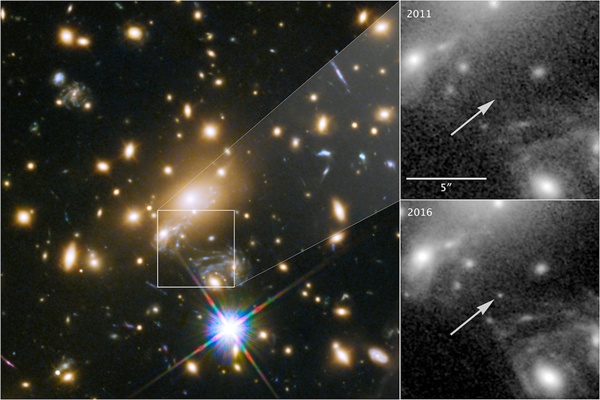
The galaxy cluster MACS J1149+2223, which is located 5 billion light-years from Earth, created a natural magnifying class for the astronomers to identify and image Icarus. Without this natural phenomenon, no manmade telescope could have brought this extremely far star into view. Who knows when the next such discovery will be made that will again expand our known reaches of the universe!

